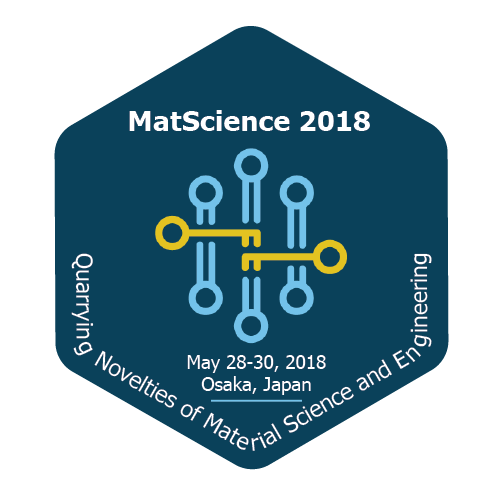
Tamio Endo
Sagamihara Surface Lab, Japan.
Title: Direct Bonding of Plastic PET Films by Plasma Irradiation
Biography
Biography: Tamio Endo
Abstract
Engineering plastic films of PET, polyimide and fluorocarbon polymers are used in various applications such as electrical insulation and mechanical materials, utilizing their strong characteristics. Usually adhesives are used to laminate them, causing environmental issues due to organic solvents. The backsheet of solar panels is composed of PVF/PET/PVF. PET is mechanically strong and less-costly but not good for atmospheric tolerance, whereas PVF is excellent for atmospheric tolerance but costly. We developed unique technology of direct bonding of various films by plasma irradiation. Laminates of insulator Aramid/PPS/Aramid are actually used in motors of electric vehicles. Here we report some examples of plasma-bonding technologies and applications.
In plasma irradiation apparatus, the plastic film (PET) is attached on a drum electrode, and gas (O2) is discharged to produce plasma to irradiate the film. The irradiated films are laminated by low heat press (140℃). Bonding strength is measured by 180° peel test. The non-irradiated, irradiated and laminated films are characterized by AFM, XPS, FTIR and GCMM.
XPS results for the non-irradiated and irradiated PET surfaces show a peak at 288.8 eV, attributed to O=C-O- constituting PET molecular structure. This is increased a little due to creation of COOH at the surface by the irradiation. The bottom at 287.6 eV is increased due to forming of C=O bond on the surface, and total oxygen content in the film is increased by the irradiation. The results of GCMM and FTIR indicate that –OH and –COOH are increased on the PET surface by the irradiation. The irradiated PET are bonded tightly by the heat press at above 120°C, bonding strength is larger than 7 N/cm, beyond cohesion failure. All the results strongly suggest that the bonding is associated by chemical bond due to “dehydrated condensation reaction” as well as “hydrogen bond”. Excellent results of direct bonding on various plastic films, long lifetimes of activated surface effects and long-time variations of the bonding strength are also shown.

